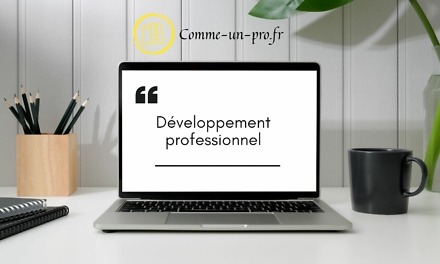Introduction to Effective Gmail Enterprise Knowledge Transfer
The transmission of knowledge is a key element of any training process, and this is particularly true when it comes to training colleagues in the use of Gmail Enterprise. As an in-house trainer, you're responsible for not only mastering Gmail Enterprise yourself, but also effectively passing that expertise on to your colleagues.
In this first section, we'll explore the fundamentals of knowledge transfer, as well as some specific strategies you can use to make your Gmail Enterprise training as effective as possible. You will learn how to create a positive learning atmosphere, how to adapt your approach to the learning styles of your colleagues, and how to use the tools at your disposal to facilitate learning. We will also see how Gmail Enterprise, also known as Gmail Google Workspace, offers training resources that can complement your efforts.
Effectively imparting knowledge about Gmail Enterprise isn't just about explaining individual features. Rather, it's about providing a framework of understanding that lets your colleagues understand how these features fit together and how they can help them achieve their goals. With these foundations in place, we can look at more specific aspects of Gmail Enterprise training in the following sections.
Specific strategies for imparting knowledge about Gmail Enterprise
Now that we've looked at the basics of knowledge transfer, let's explore specific strategies you can use to train your colleagues in Gmail Enterprise.
1. Use concrete examples: Gmail Enterprise is a very functional tool, so it is useful to illustrate its use with concrete examples. It can help your colleagues understand how they can use Gmail for Business in their day-to-day work.
2. Break down processes: It is often easier to learn a new skill when the process is broken down into small steps. This is especially true for the more complex features of Gmail Enterprise. For example, explaining how to set up an email filter can be made easier by breaking the process down into several simple steps.
3. Organize Q&A sessions: Q&A sessions are a great opportunity for your colleagues to clarify anything they don't understand or ask for clarification on specific aspects of Gmail Enterprise.
4. Provide training materials: User guides, tutorial videos, and quick reference sheets can be excellent resources to complete your training. They allow your colleagues to review information at their own pace and refer to these materials when using Gmail for Business.
5. Encourage Practice: Practice is the best way to master a new skill. Encourage your colleagues to use Gmail for Business regularly and experiment with different features.
By implementing these strategies, you can improve your knowledge of Gmail Enterprise and help your colleagues master this tool faster and more effectively.
Resources and tools to support your Gmail Enterprise training
In addition to the specific strategies mentioned in the previous section, there are many resources and tools available that can support your Gmail Enterprise training.
1. Google Online Resources: Google offers many online resources for Gmail Business, including user guides, video tutorials, and discussion forums. These resources can complement your training and provide additional support for your colleagues.
2. Internal training tools: If your organization has internal training tools, such as online learning platforms, you can use them to provide more structured and interactive training on Gmail Enterprise.
3. Third party applications: There are many third-party apps that integrate with Gmail for Business that can help improve the productivity of your colleagues. It may be useful to include training on these applications in your program.
4. Internal focus groups: Internal newsgroups can be a great way for co-workers to share their experiences and tips on using Gmail for Business.
By using these resources and tools, you can provide more comprehensive and sustained training on Gmail Enterprise. Remember that training is an ongoing process, and your role as an internal trainer does not end when the training session is over. Always be available to help co-workers solve problems, answer questions, and keep learning.


